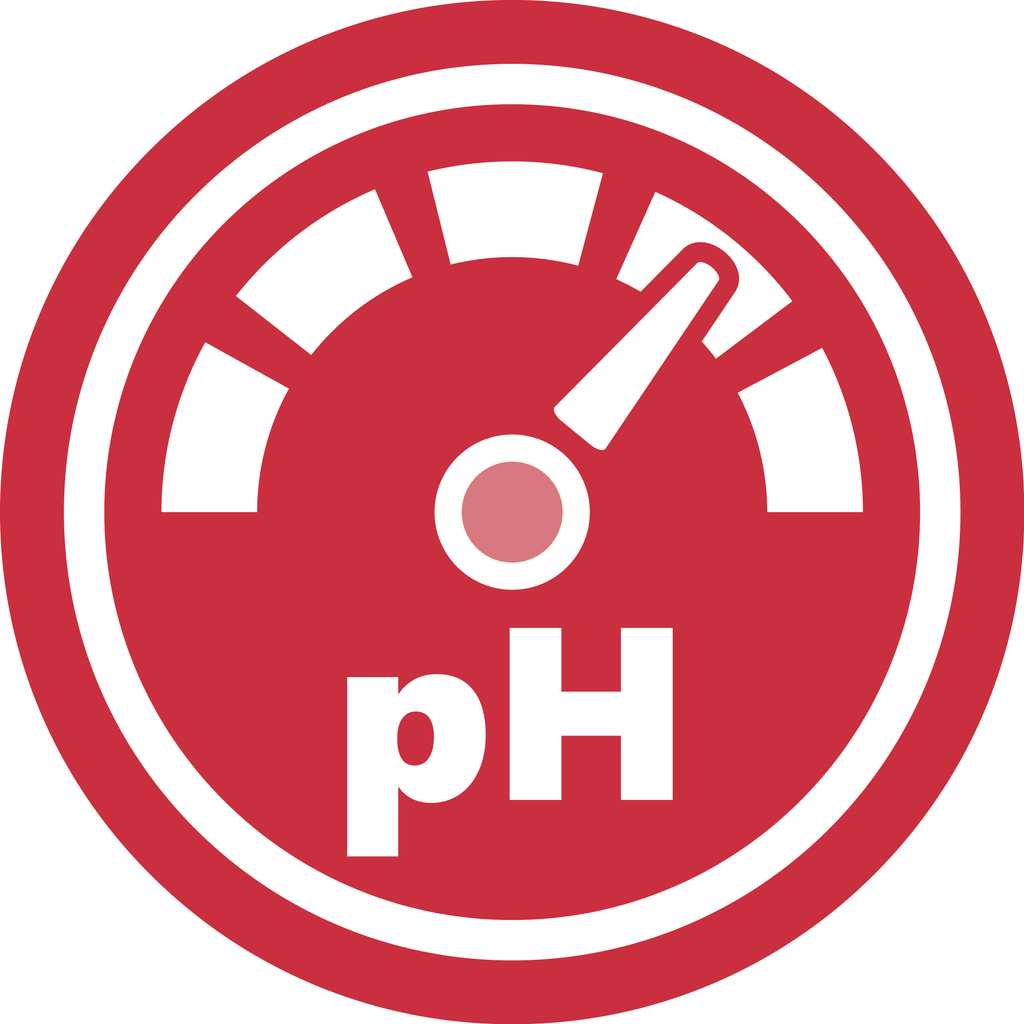
The term pH was first coined in 1909 by a Danish biochemist by the name of Soren Peter Lauritz Sorenson. pH stands for “potential hydrogen” or as we at pH Focused prefer to call it “Present Health.” Our health is a gift and pH represents a marker of your current health status.
Essentially pH means “the degree of concentration of hydrogen ions in a substance or solution” Scientifically speaking, pH is “a logarithmic scale from 1-14 used to describe the acidity or alkalinity of a solution,” similar to the Richter scale for measuring earthquakes, which is also logarithmic. The closer the solution is to 1, the more hydrogen (H+) or acid, and the closer it is to 14 the more hydroxyl (OH-) or alkaline. If the pH is less than 7, the solution is more acidic with less potential for absorbing hydrogen H+ ions. If the pH is greater than 7, the solution is more alkaline with greater potential for absorbing hydrogen ions (acids). A pH of exactly 7 means the solution is basic or neutral.
Let’s take a look at water for example: Water (H2O) ionizes or converts into (H+) and (OH-) ions, which when in equal proportion have a neutral pH value of 7. If the (H+) ions outnumber the (OH-) ions then the water is said to be acid, like with acidic tap water. If the (OH-) ions outnumber the (H+) ions then the water is more alkaline in nature, like with high quality spring water or ionized water. Whether referring to the quality of our soil, oceans, aquariums, or your body, pH balance is VITAL for all life forms. In this case, the solution is our body’s tissues and fluids interacting with internal and external variables.
Like many of us, you may have been day dreaming in chemistry class when they taught pH balance! Some of the material can be a bit scientific and loquacious, so understandably so.
In simple terms, being pH balanced indicates that the fluids of your body systems, like the blood plasma and internal and external cellular fluid, as well as the tissues themselves, are sustaining healthy pH levels as effortlessly as possible.
In order for the body to maintain this overall optimal balance, pH levels do vary somewhat in different parts of body and thrive in that particular tight pH range. This can be a bit confusing as the body is a very complex machine. The organs on the outside of the body, so to speak, like the skin, intestines, vagina, and even more so the stomach, are more on the acidic side to protect us from pathogens and allow us to absorb and assimilate the foods we eat. Our internal organs and fluids that don’t come in direct contact with the external environment are all on the alkaline side. Yet, all organs and fluids in their diverse ranges work in synergy to achieve a net alkaline balance.
Blood pH is the most important of all. As far as the blood goes, the pH will fall optimally between 7.35 and 7.45, leaving very little room for error. Falling below or in some cases rising above this range can be EXTREMELY dangerous. In fact, if the pH level of the blood drops even .2, red blood cells clump together and are not able to deliver oxygen and other nutrients to other organs, which can result in a heart attack or stroke! In most cases, the blood will do whatever it takes to stay within that narrow range to keep you alive. When the body is abused over the long term, and in certain clinical situations, this system will fail.
In order to keep the blood within that strict pH range between 7.35 and 7.45, the body has intricate buffer systems in place. However, when the blood gets too acidic there is significantly less oxygen available to the cells decreasing aerobic cellular metabolic function. So while in most cases the body does what it has to do to keep blood pH within that tight range, maintaining at the high end of that pH range is far better than at the low end. When the bloods buffers can’t handle the acid load, which is a VERY common scenario in many high stress industrialized nations that consume fast and processed foods, the excess acid waste gets pushed into the connective tissues like collagen, joints, tendons, and fat cells, as a protective mechanism.
When your “acid cup is full” so to speak, these excess acids not only get deposited in other areas of the body as liquid or solid acid waste, but also put a tremendous amount of stress on the arterial walls, the kidneys, and other organ systems. When left unchecked, cellular metabolism crawls and tissue structures begin to deteriorate from the chronic inflammatory acidic conditions!
Unlike the blood, the pH of the cellular tissues and interstitial fluids (tissue fluids that form lymph) can drop significantly as a result of poor diet and lifestyle habits. Tissue pH can consistently fall to 6.0, 5.7, or lower, leading to crap shoot of degenerative conditions when ignored. In terminal cancer patients, this number can drop as low as 4.5 due to excessive lactic acid accumulation. The less stress that is placed on these buffer systems to maintain optimal pH the more you support disease prevention and SLOW the aging process, which is the ultimate goal!
